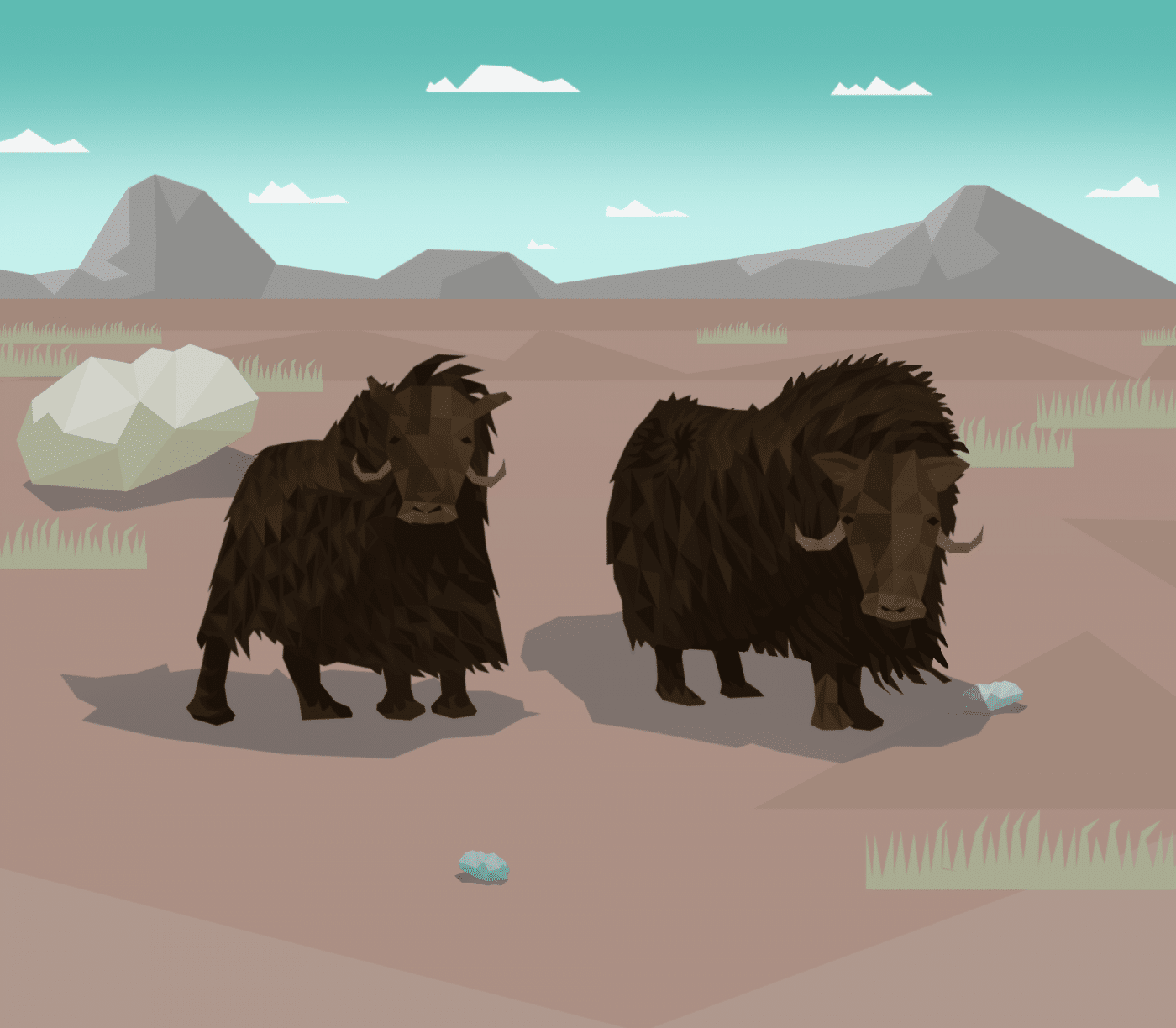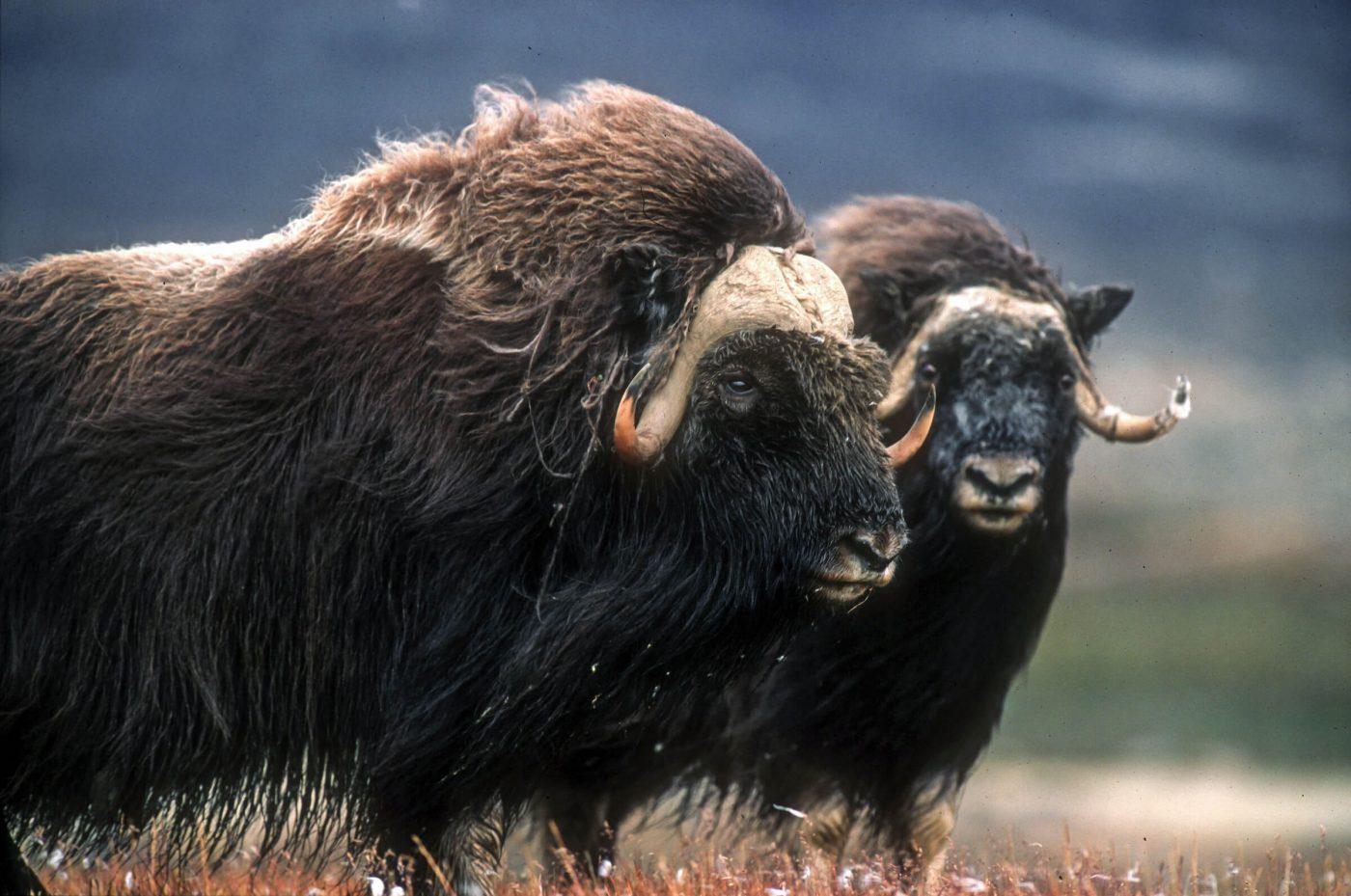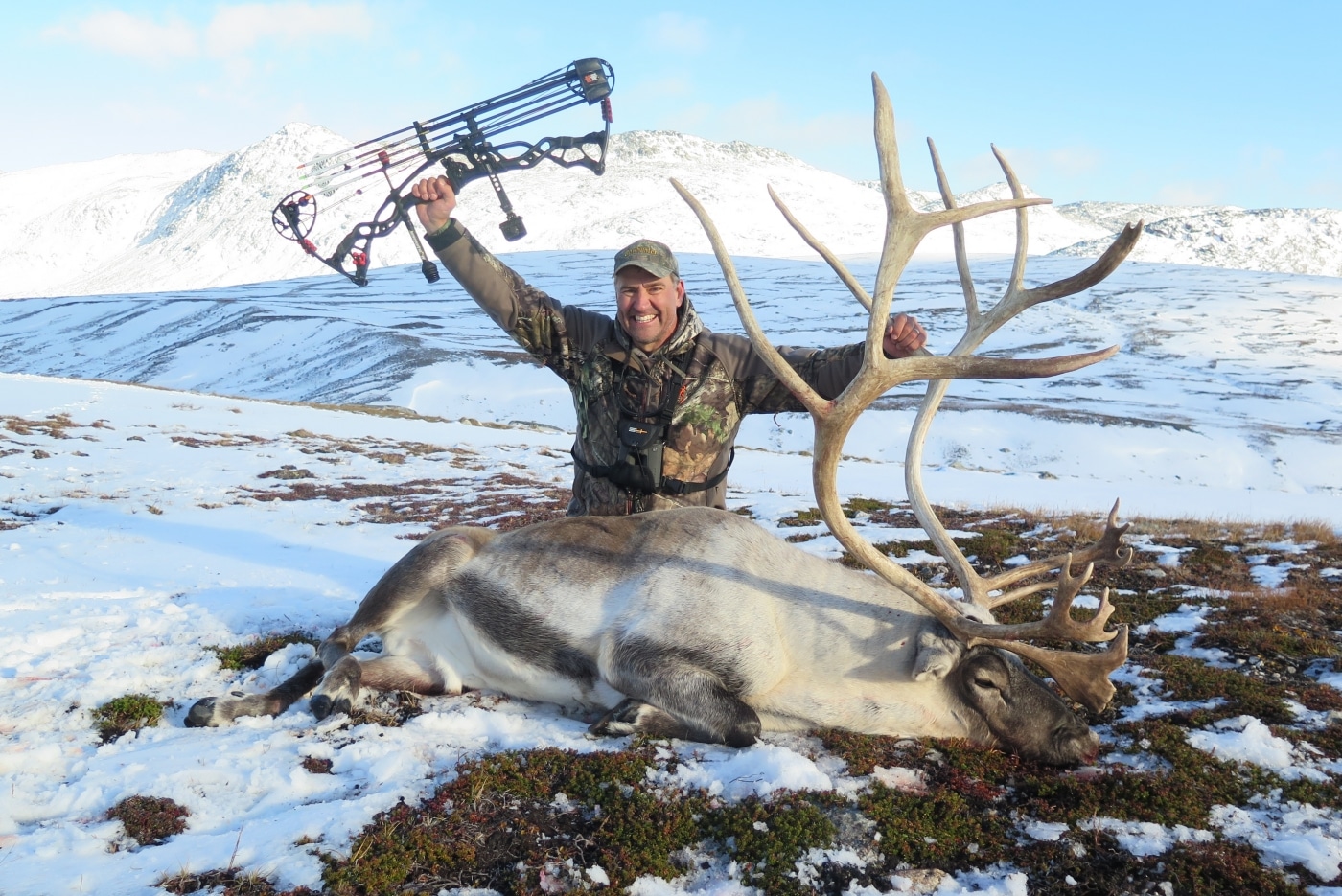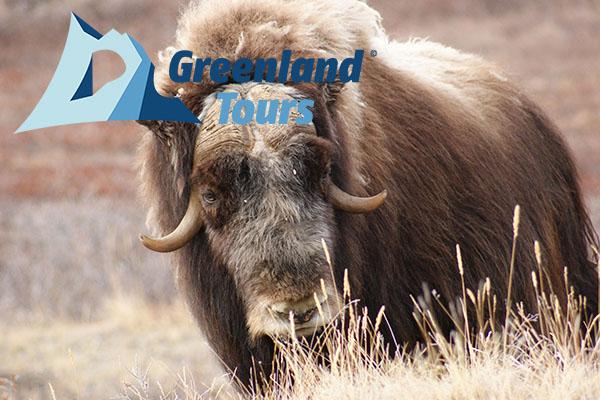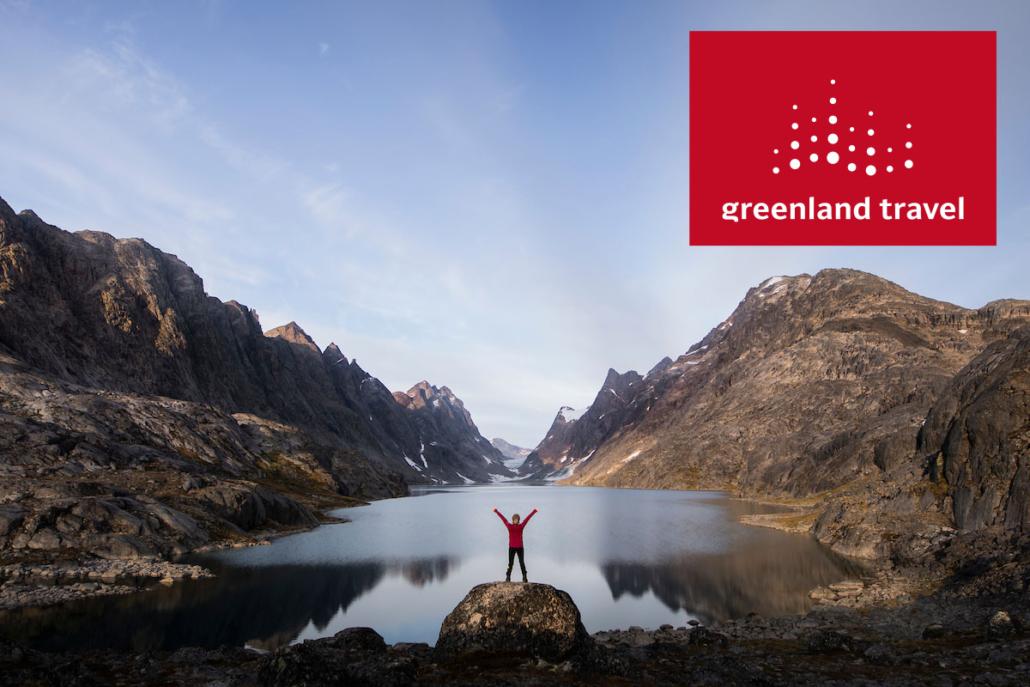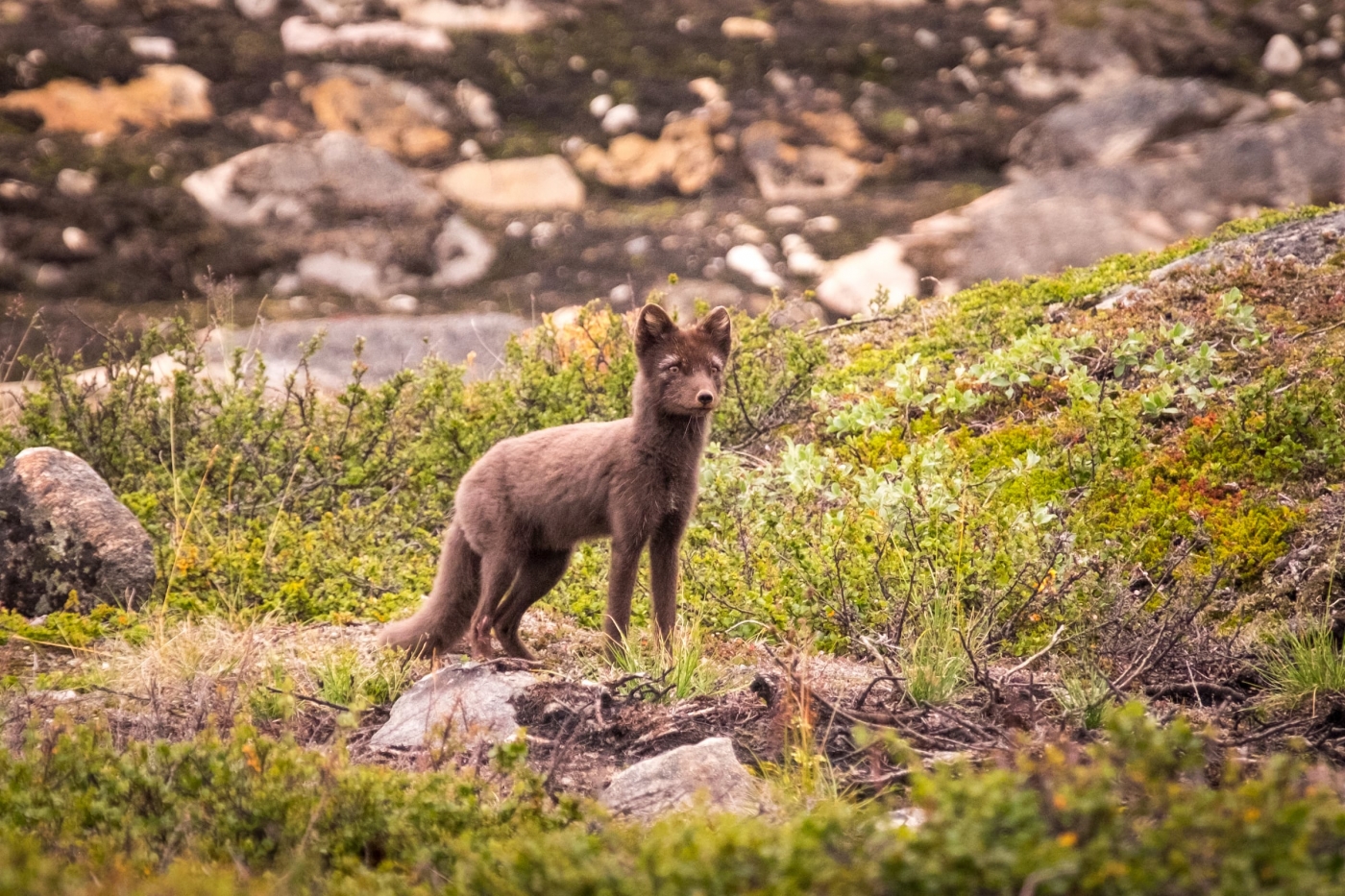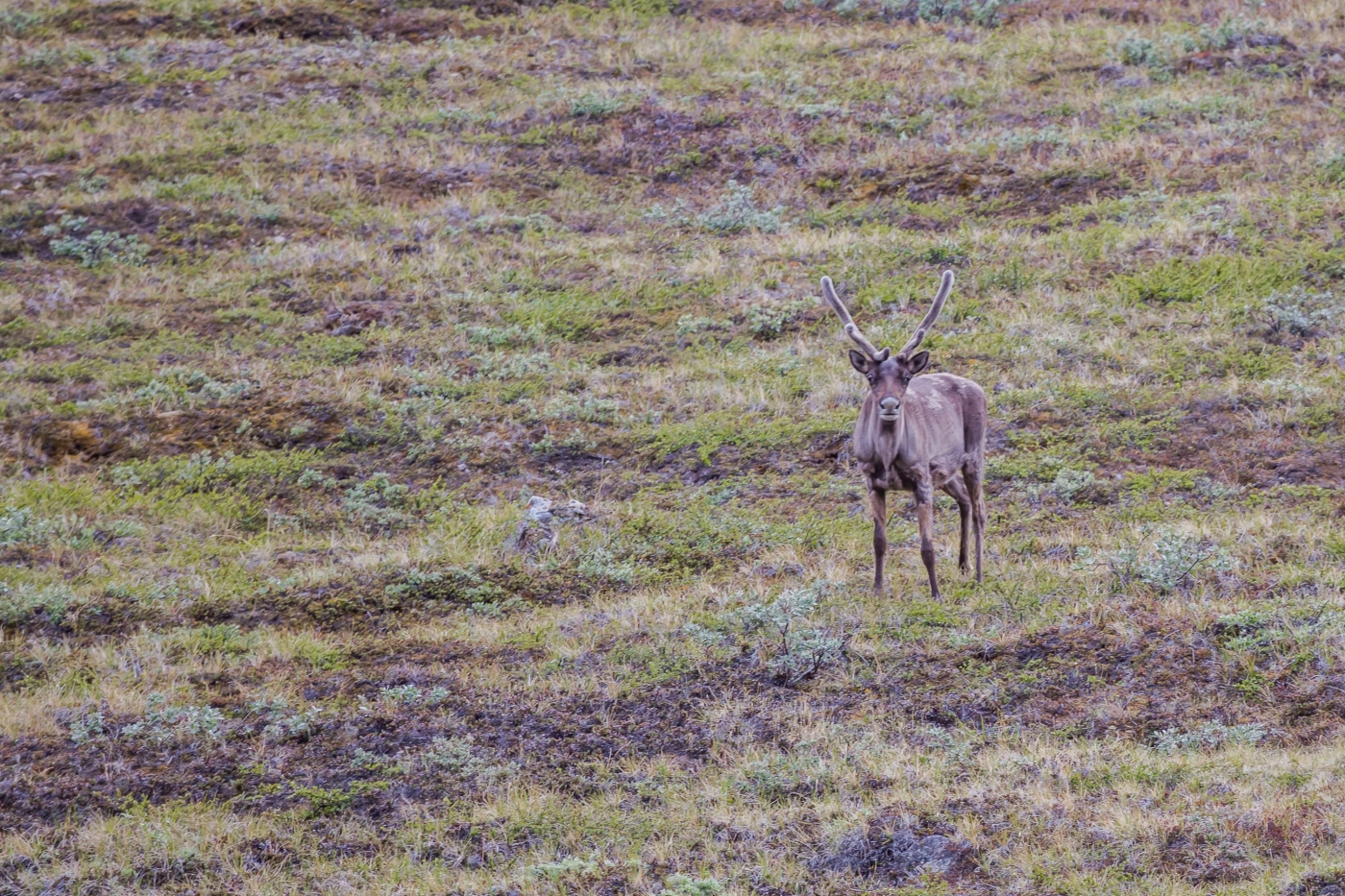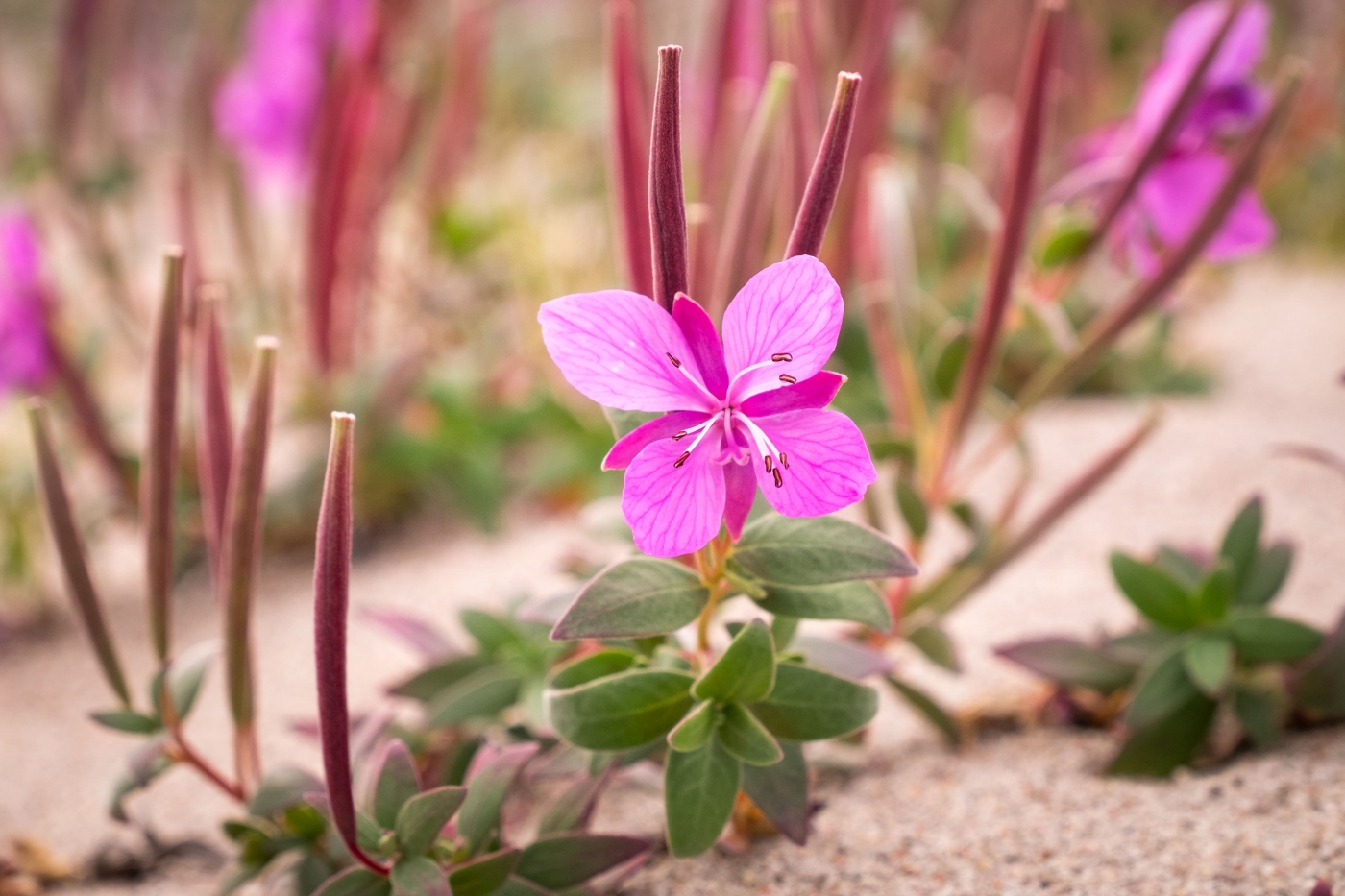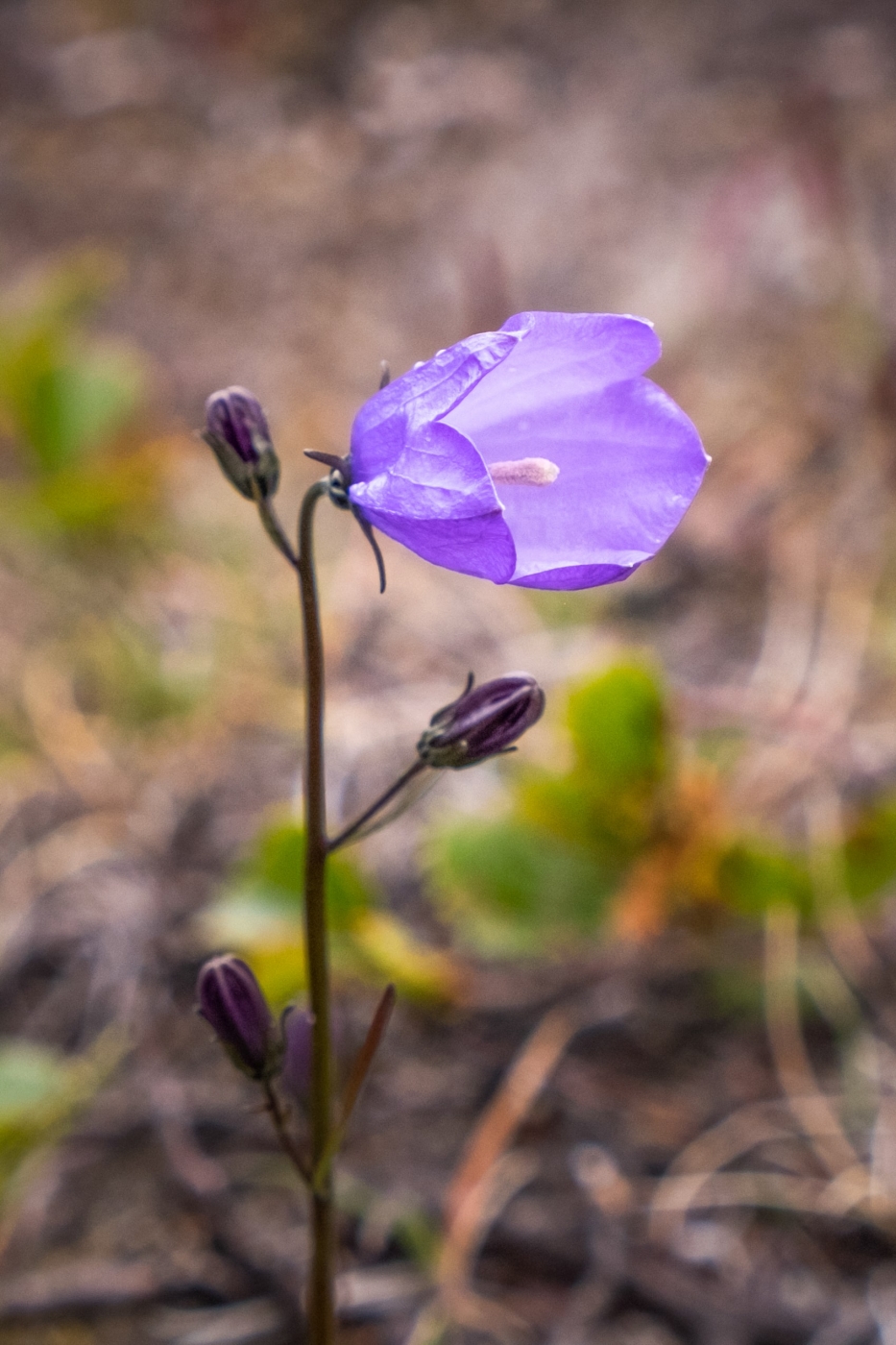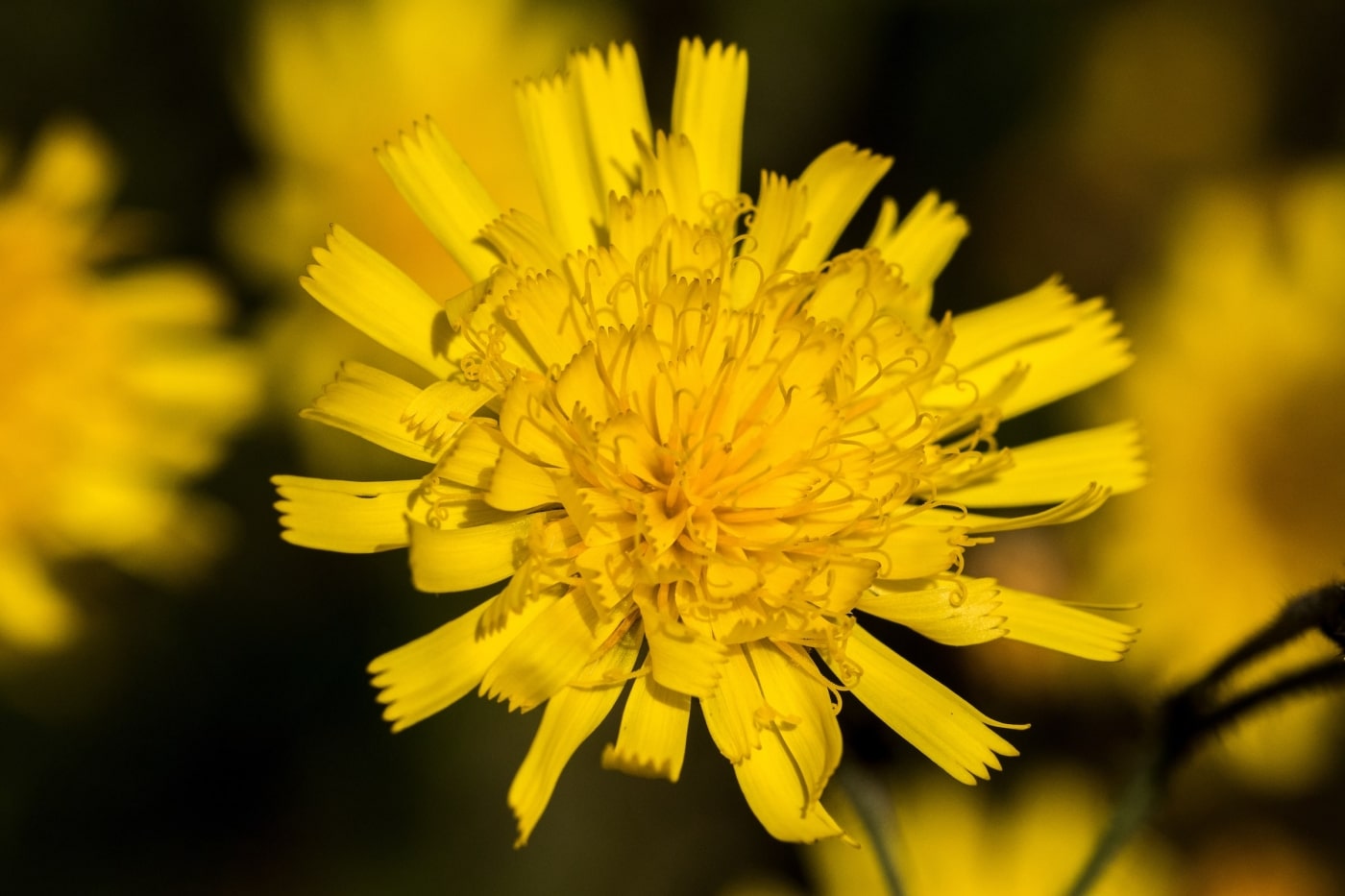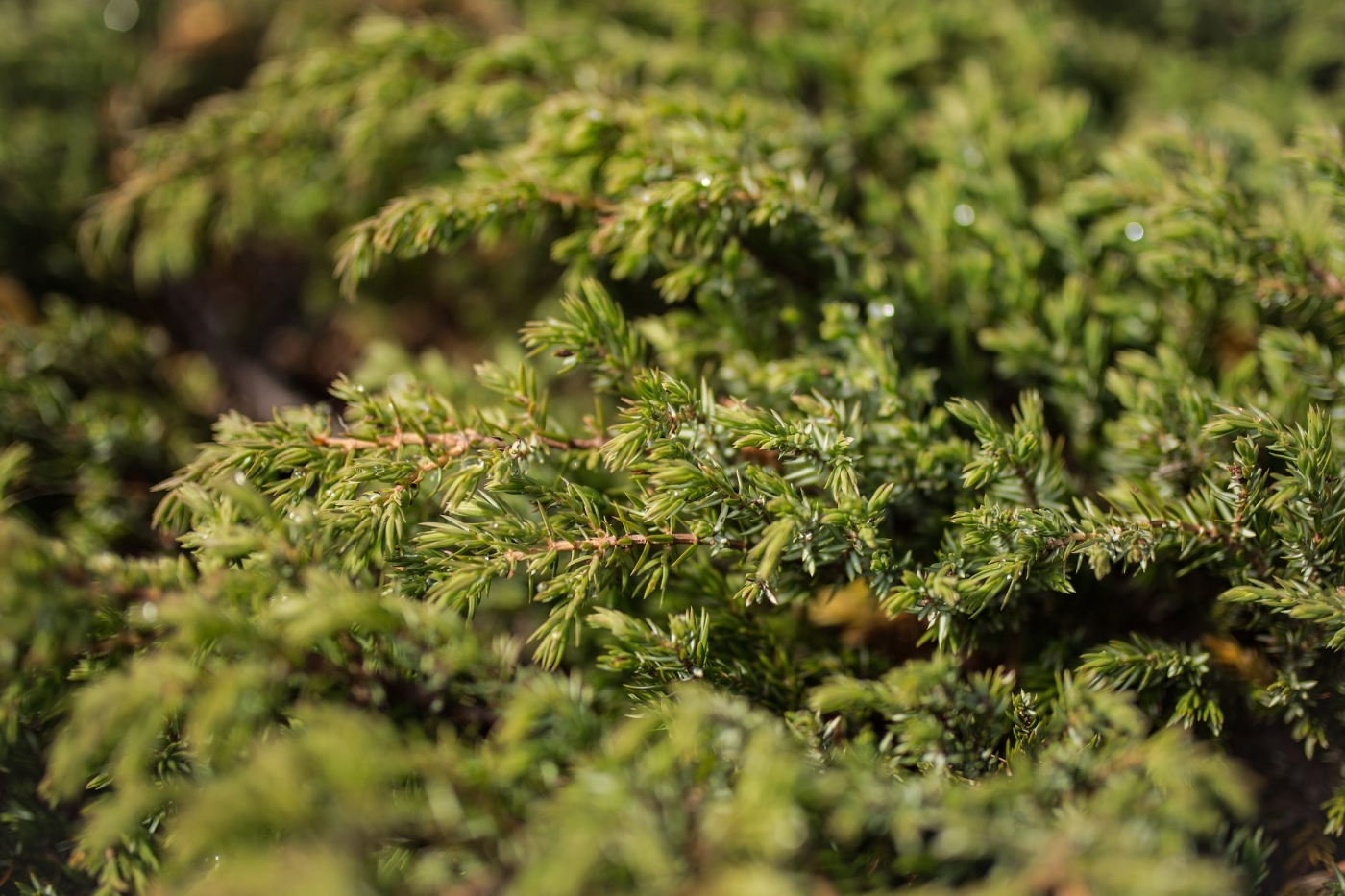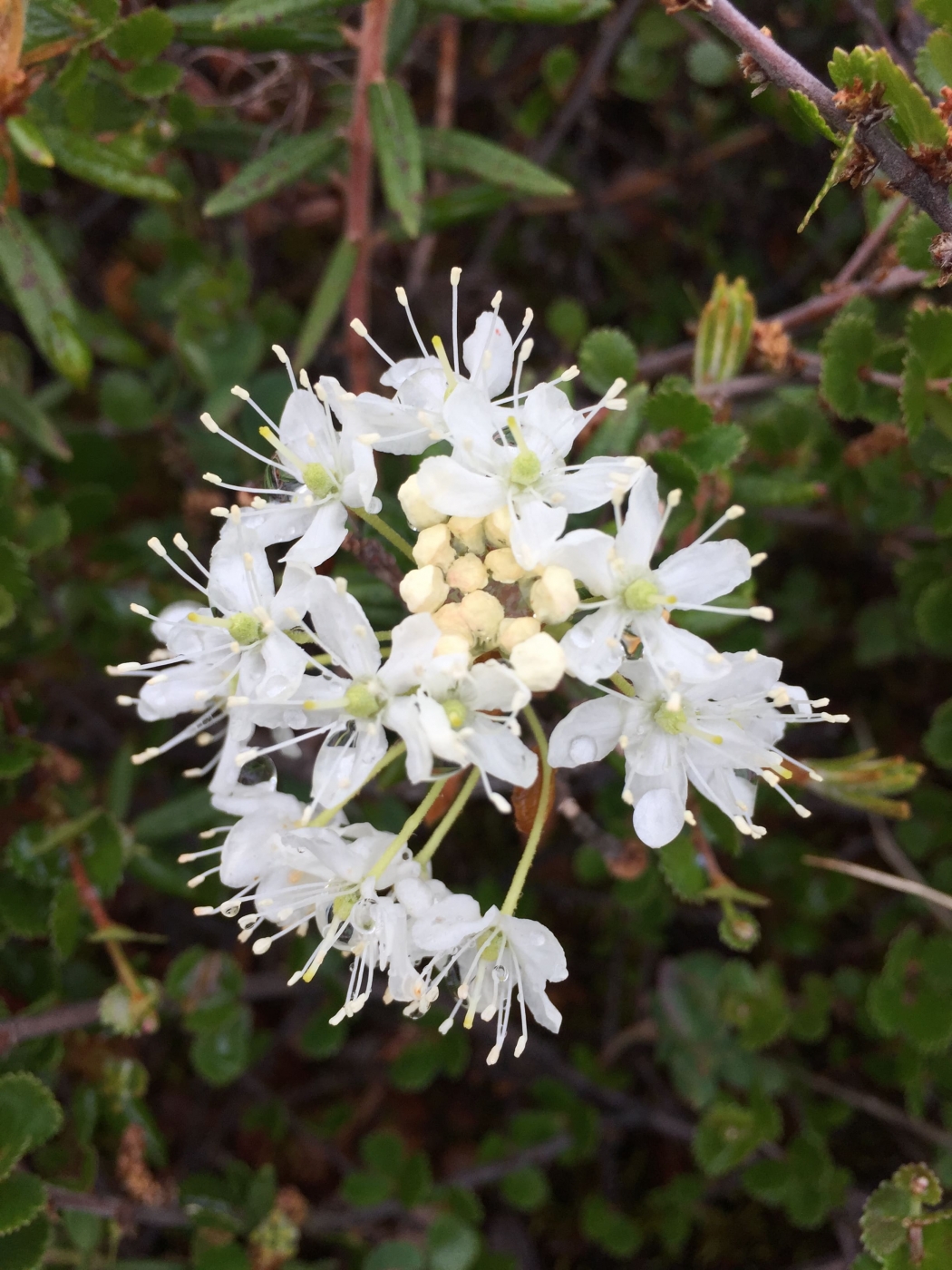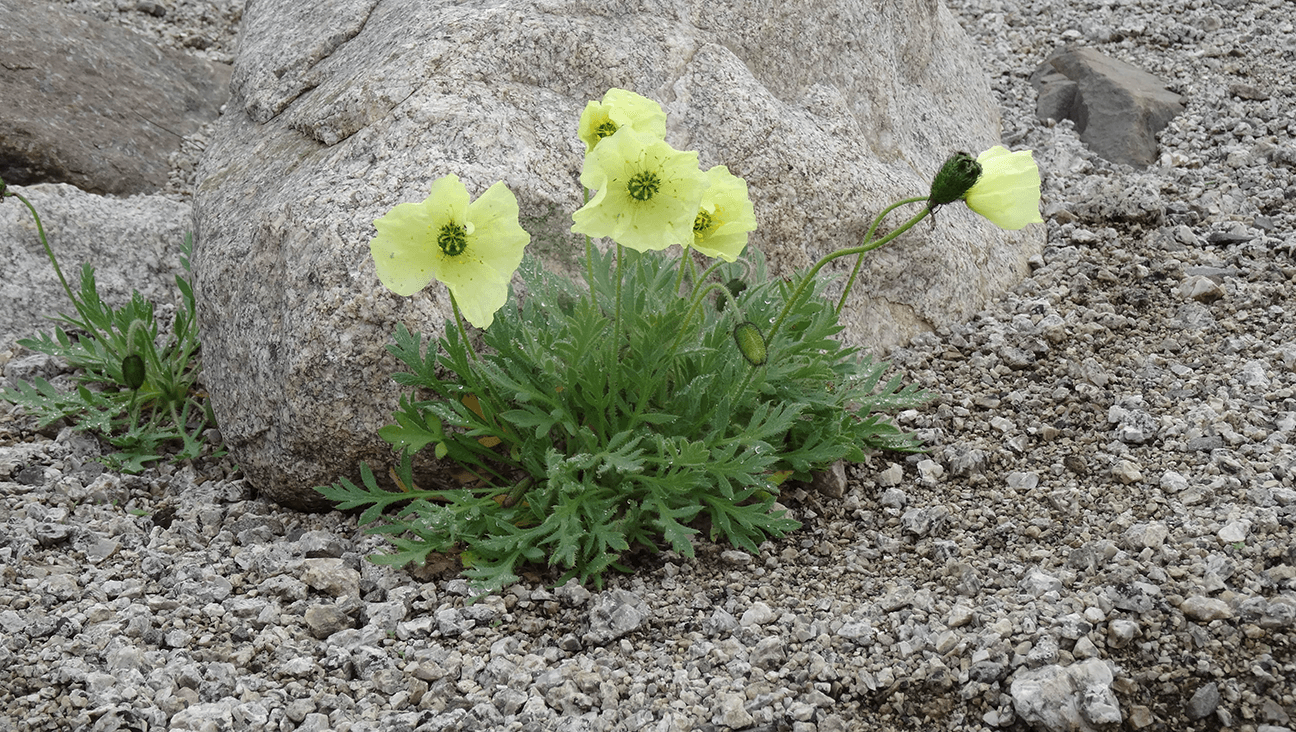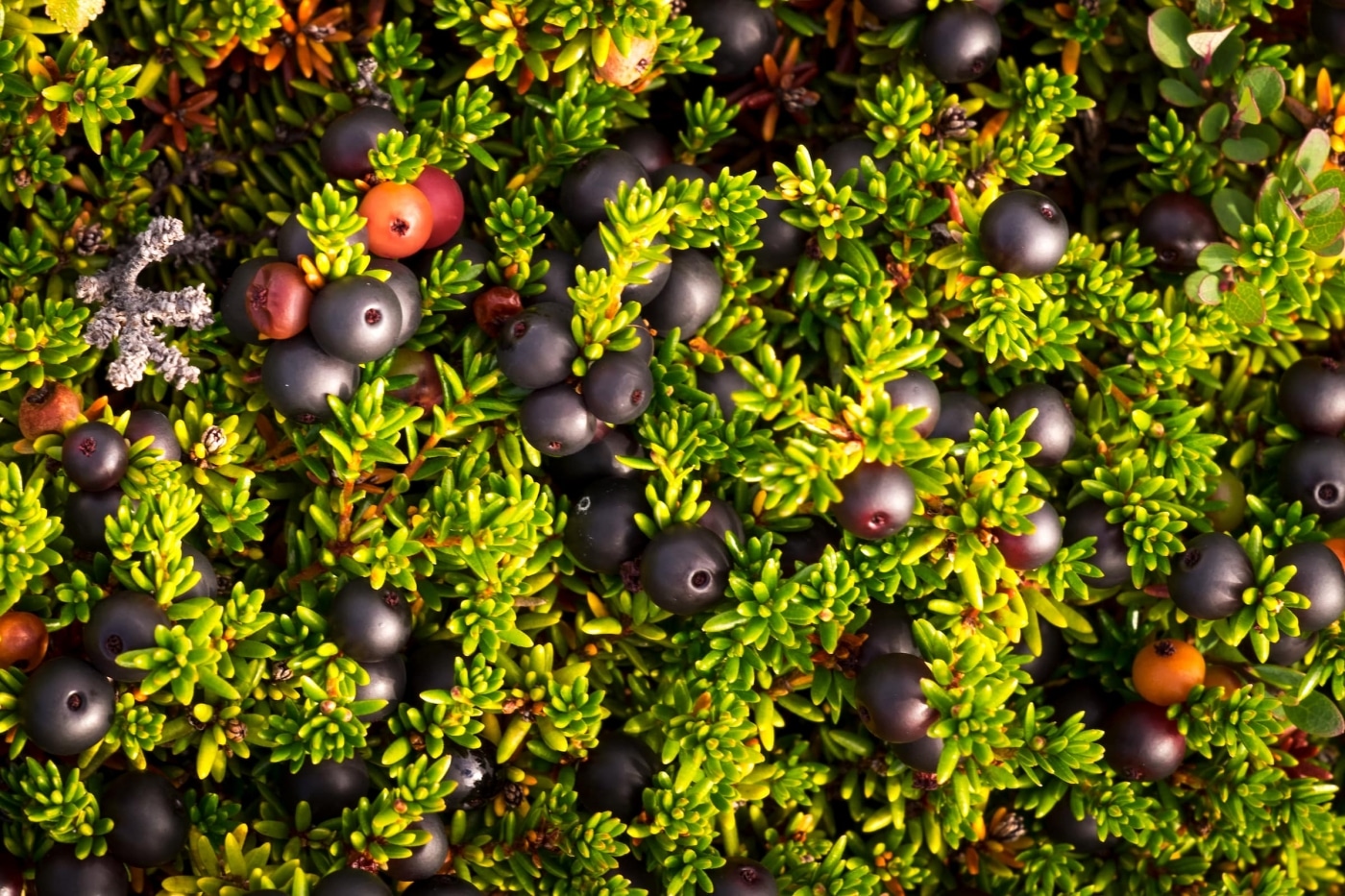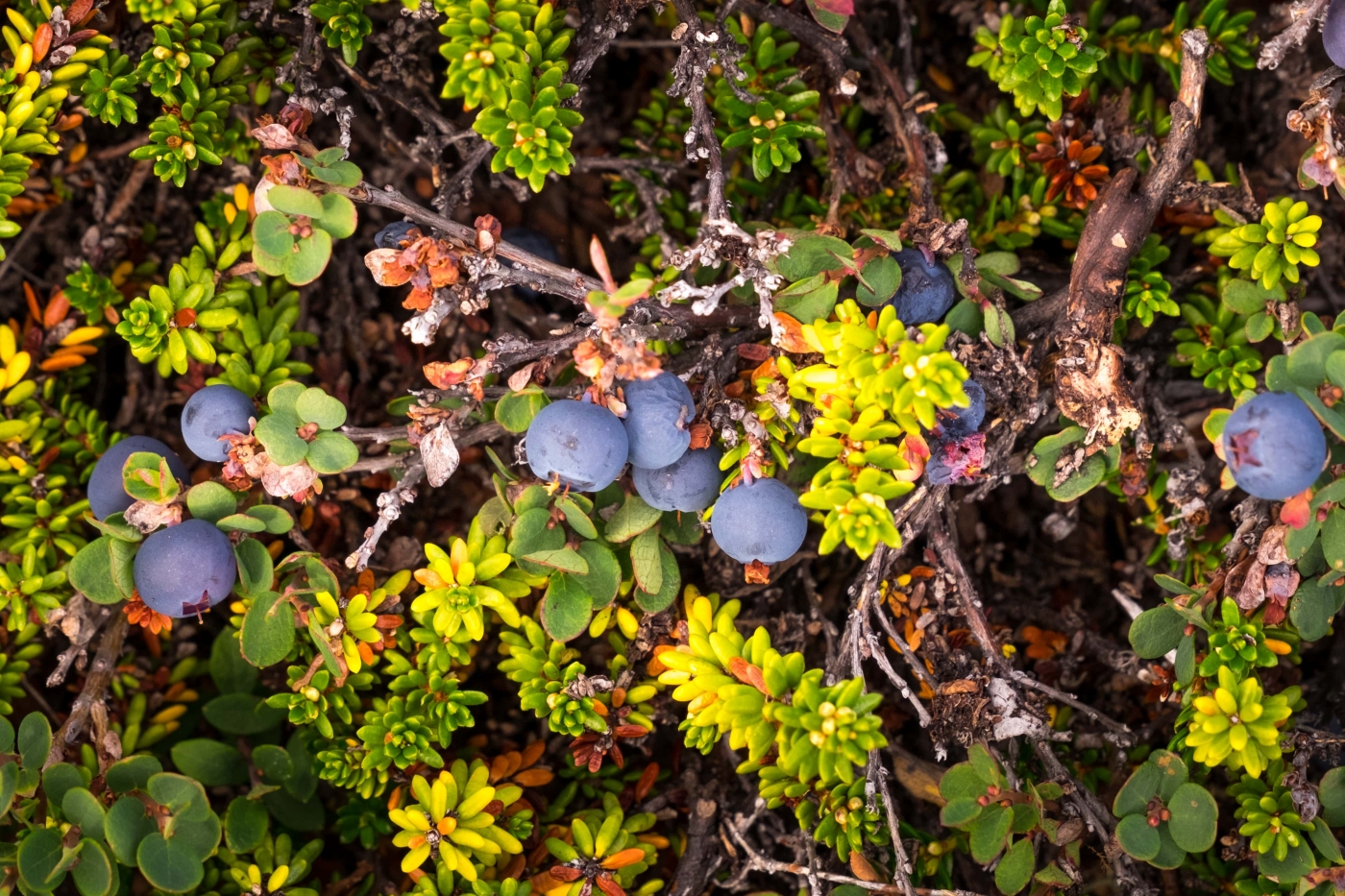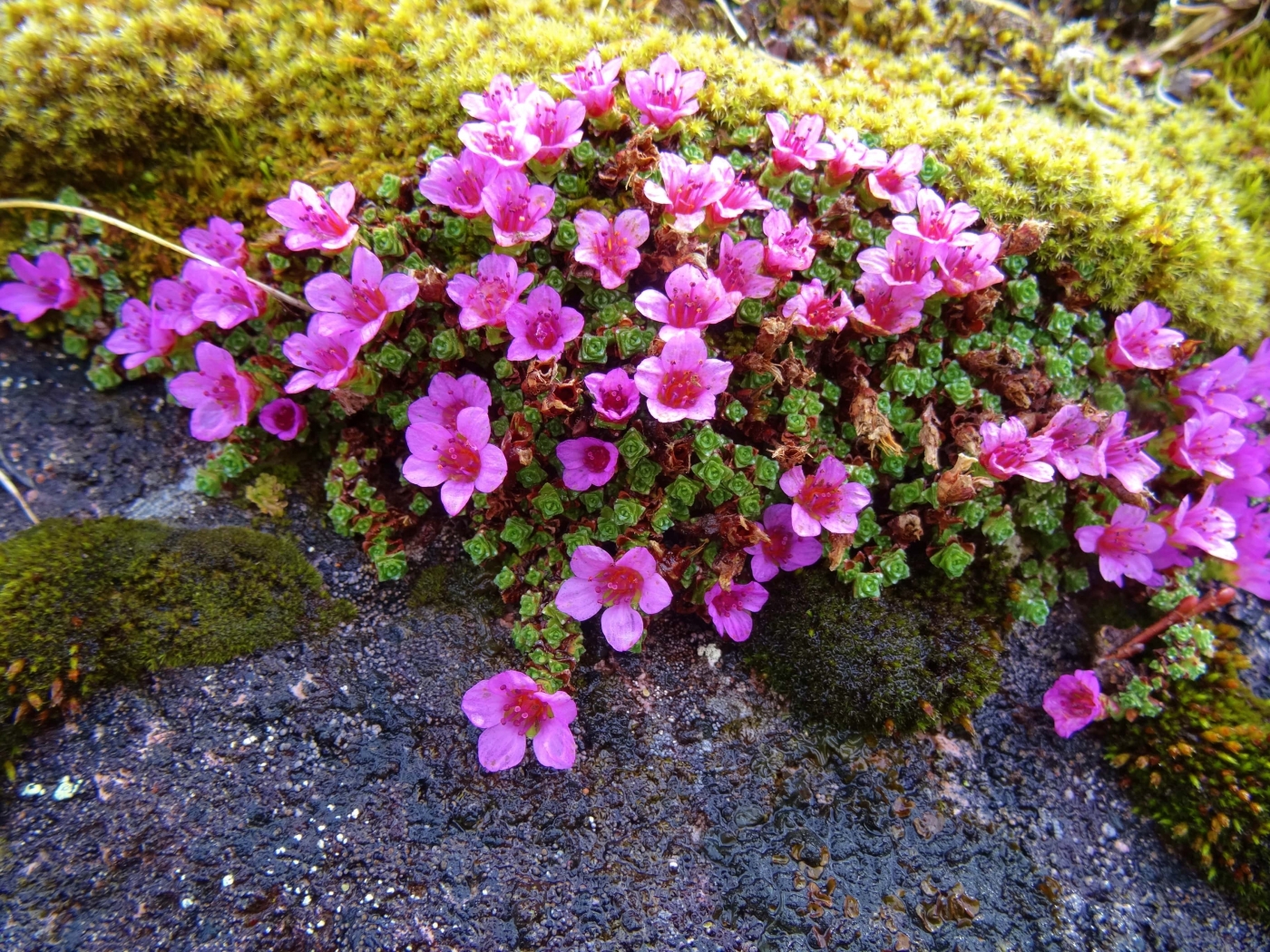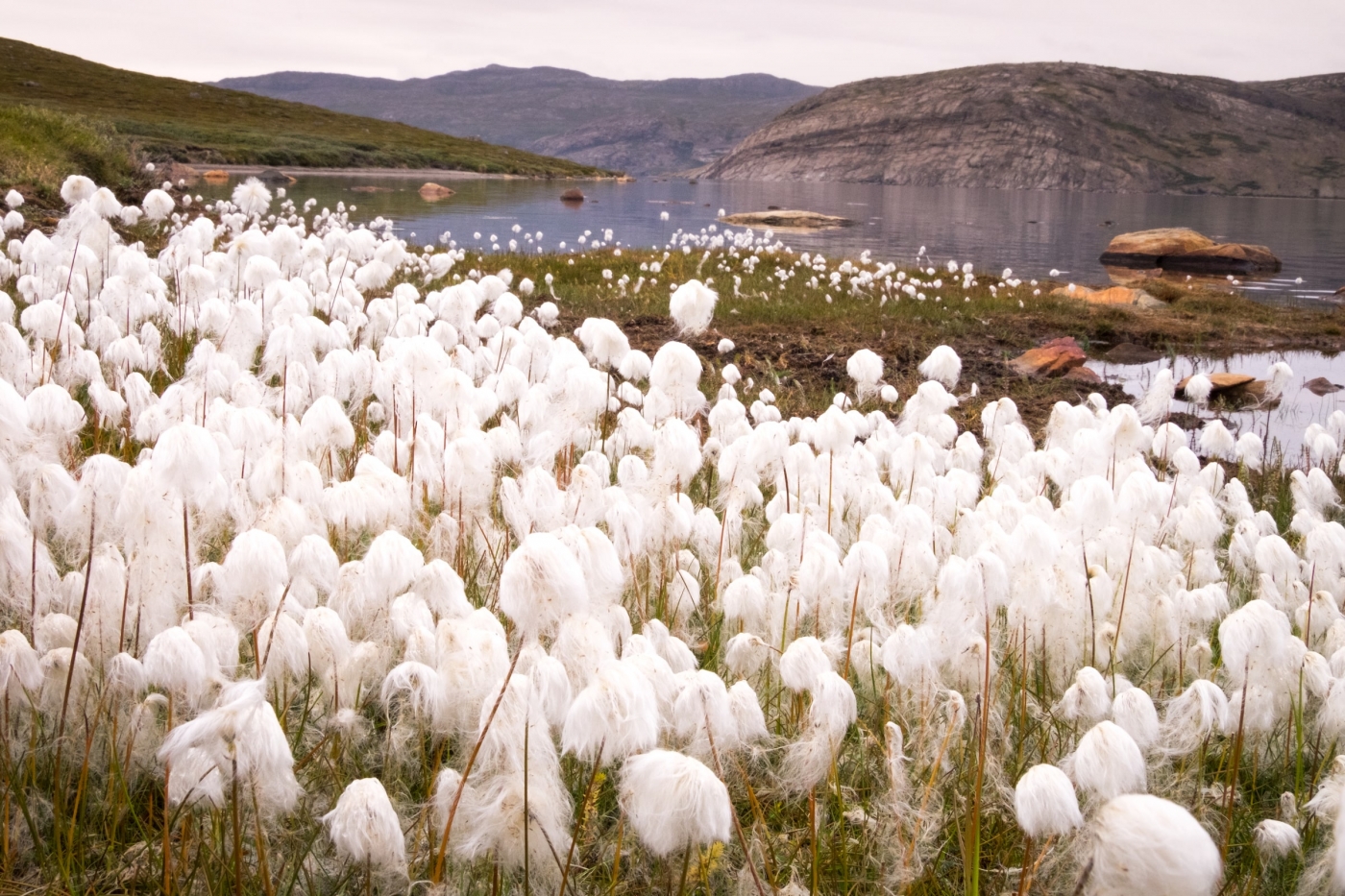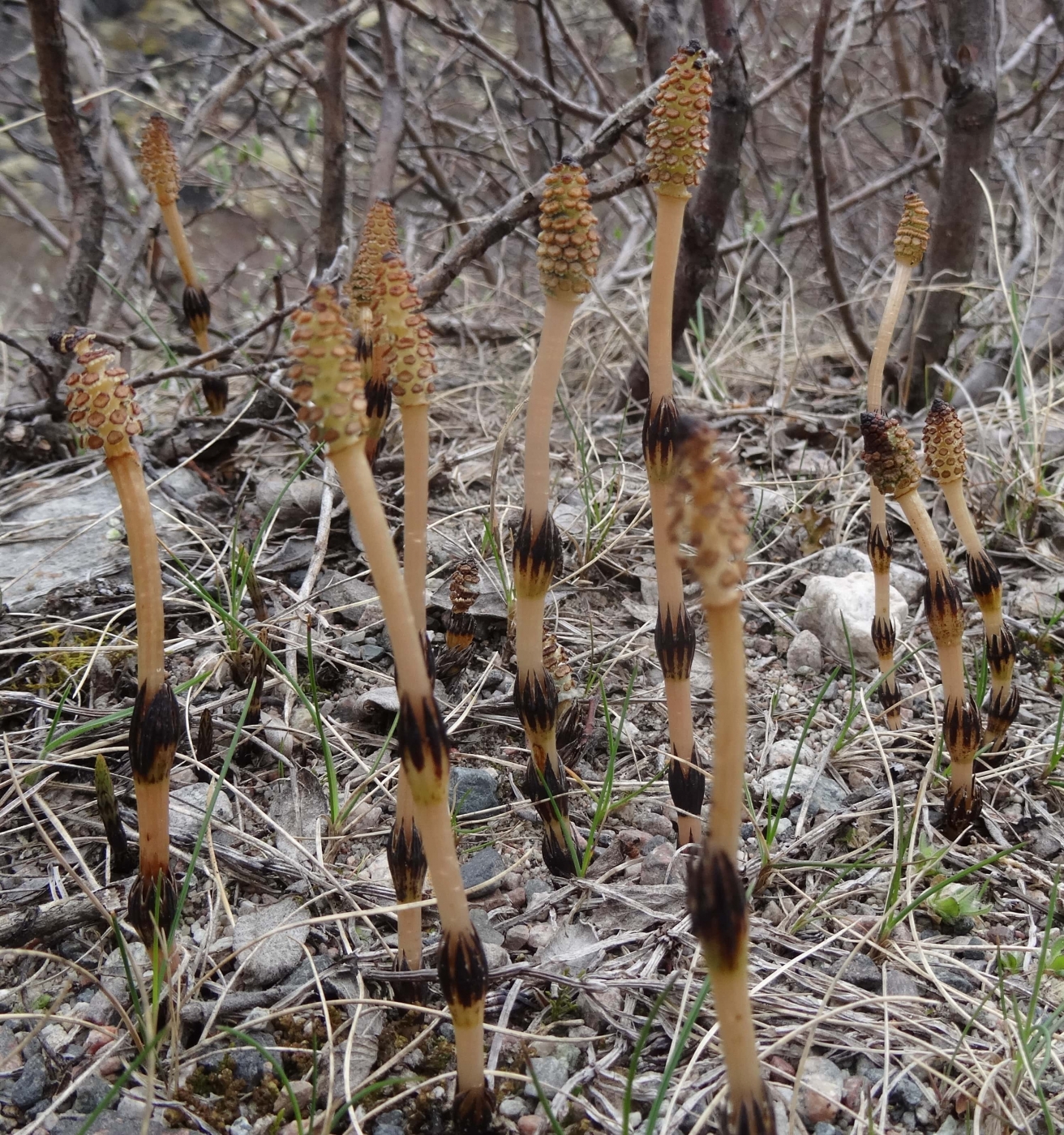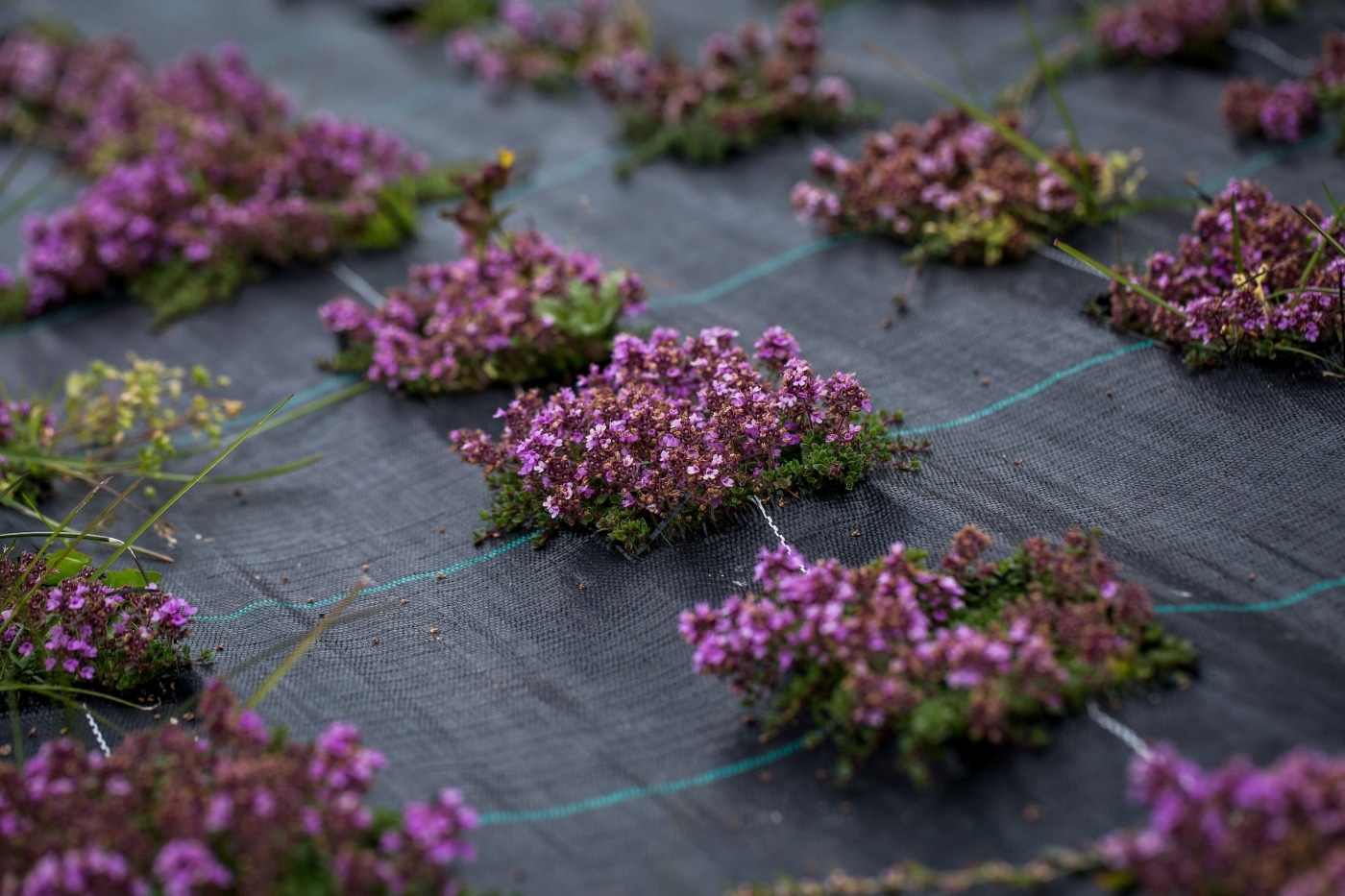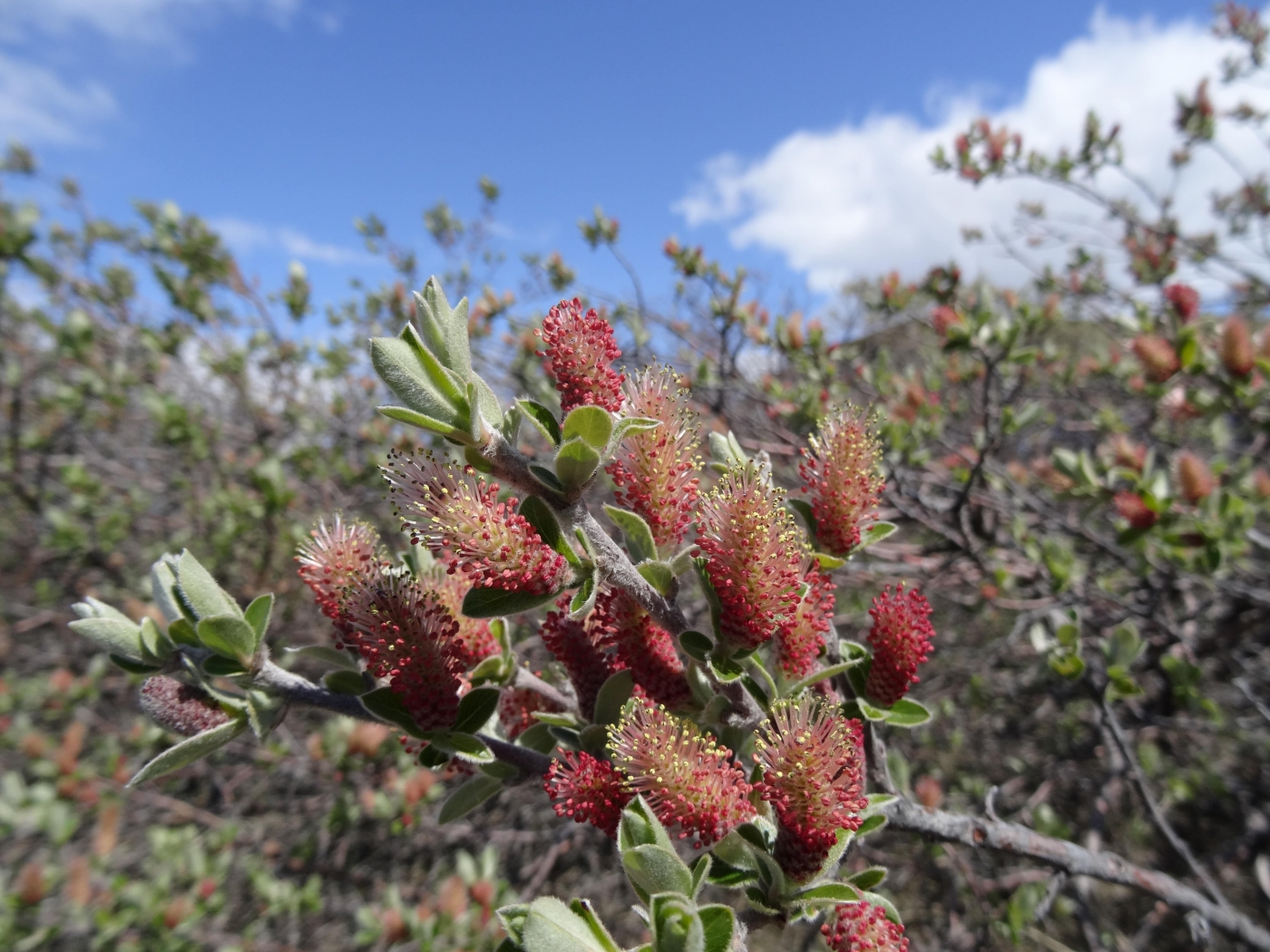Greenland’s wildlife is accustomed to the seemingly endless, wide open spaces that characterise the country’s landscape. This means that animals are often shy and hard to spot. However, with at least a week out in the wilderness, you are bound to come across some creatures! The wildlife section of our hiking page provides a general overview of the different animals that you might encounter while hiking, while below you can read important information about the specific wildlife that you might see on the Arctic Circle Trail.
Musk Oxen
In general musk oxen are peaceful animals, although they are beginning to see humans as predators in Greenland so can sometimes become aggressive if they feel threatened. Here are some tips to avoid them charging:
When observing musk oxen, keep a minimum distance of 100 meters from the animals. If you accidentally come closer, by, for example, turning a corner in the terrain, slowly move away from the animals until there is a safe distance between you.
Always make sure that the animals have a way to escape. Musk oxen almost always want to flee, but if they feel cornered they might resort to the only option they feel they have left: to charge.
If you see a herd of musk oxen scattered across the terrain, do not pass between the bull and his herd. The bull is not always the biggest animal, but he is the one whose horns cover almost all of his forehead.
Sometimes a musk ox, with its poor eyesight, might think you are in fact a musk ox, as it can only see your silhouette. In this case, it might approach you. If this happens, do not retreat from the musk ox in a straight line. Instead, walk at a 90 degree angle to the line between you and the musk ox. This way, the musk ox will know that the silhouette it sees is not a musk ox, but a person, and will most often flee.
When hiking in areas with many musk oxen, consider whether it is safer to go with a local experienced guide, who is used to being in musk ox territory and knows about the behaviour of the animals and how to read them.

